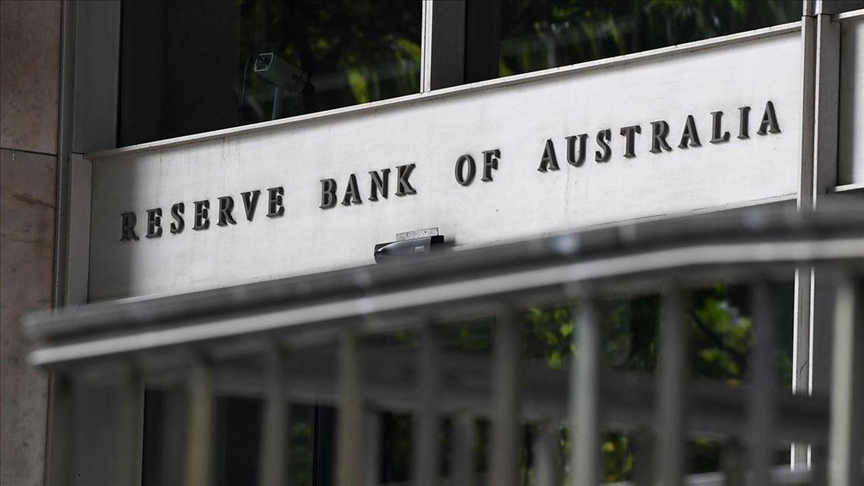Australia’s central bank cut interest rates to a two-year low on Tuesday as inflation cooled and global trade risks increased.
The Reserve Bank of Australia lowered the cash rate by 25 basis points to 3.85% following a two-day policy meeting. The central bank said the risks of rising inflation had eased and international developments were likely to weigh on the economy.
RBA Governor Michele Bullock said the board considered holding rates steady, cutting by 25 basis points, and even discussed a larger 50-basis-point cut. She said the global situation had changed since the last rate move in February, noting U.S. President Donald Trump’s announcement of new global tariffs on April 2 and the uncertain outlook ahead.
Bullock said the cautious 25-basis-point cut leaves room for further action if needed. She emphasized that the central bank has space to move quickly if economic conditions worsen.
Following the decision, the Australian dollar fell 0.5% to $0.6425, and bond futures rallied as markets saw the comments as a signal of more rate cuts to come. Investors now expect another cut as early as July, with interest rates likely to fall further in the months ahead.
Global trade tensions have grown since the RBA last met in April. Trump’s broad import tariffs have shaken markets and disrupted business.
Although the U.S. and China have agreed to pause tariffs for 90 days, the trade conflict continues to pose risks. As a major exporter to China, Australia could see weaker demand for its commodities like iron ore if Chinese growth slows.
Domestically, the economic picture remains mixed. Consumer spending has not picked up as much as expected, but the job market has stayed strong. The unemployment rate is holding at 4.1%, roughly unchanged for over a year.
Inflation is also moderating. Headline consumer prices rose 2.4% in the first quarter, and a key measure of core inflation dropped to 2.9%, returning to the RBA’s target range of 2% to 3% for the first time since late 2021.
Bullock said the central bank had so far managed to bring inflation down while maintaining a solid labor market. In its quarterly Statement on Monetary Policy, the RBA noted that inflation would likely fall further and unemployment would rise due to the global trade tensions, even with more interest rate cuts expected.
The central bank said Trump’s tariffs are likely to slow global growth and reduce price pressures in Australia. Despite the uncertain global outlook, the RBA signaled it is ready to adjust policy further if needed to support the economy.

Leave a Reply